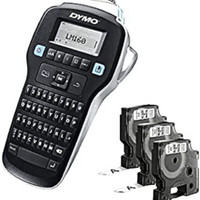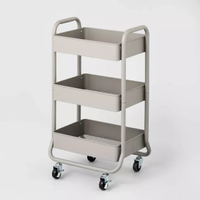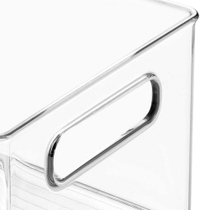The ClutterBug Philosophy – find out which organizing style best suits your tidying habits
Professional organizers explain why knowing your organizing style is important to a tidy home
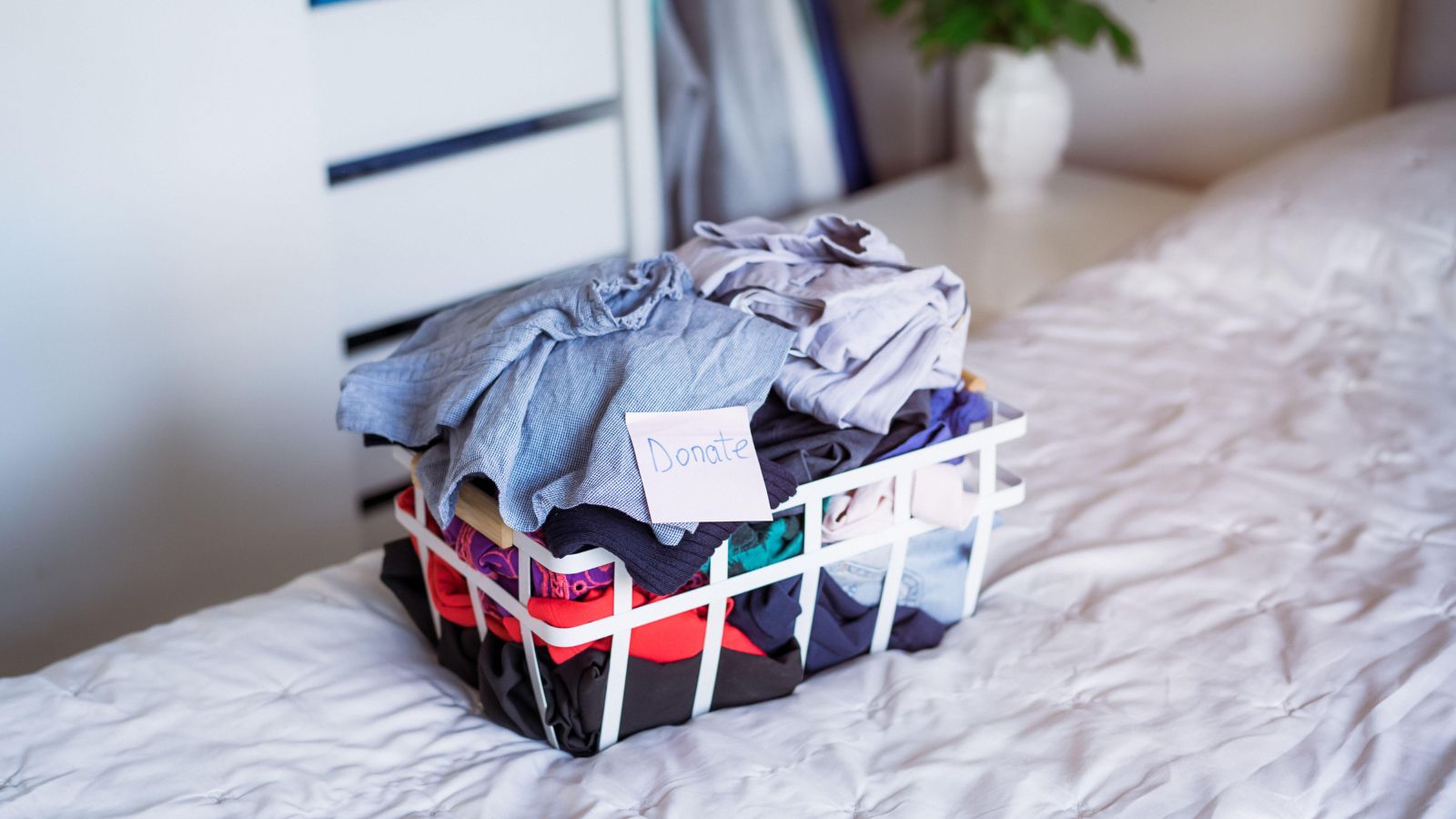

A lot of current decluttering trends and systems work on the idea that we need to get rid of a vast majority of our things in order to have a peaceful home. If you struggle to reduce clutter in your home because of this, then it may be that you are a so-called ‘ClutterBug’.
But what is a ClutterBug? Pioneered by home organizer Cas Aarssen, the ClutterBug Philosophy is a system that breaks clutter-lovers into four categories or organizing styles which then helps to design the perfect home organizing system for their lifestyle.
Here, we have broken down each of the ClutterBug types with the help of professional home organizers so you can determine which ‘bug’ you are, and which tidying systems will work for you.
The ClutterBug Philosophy
The philosophy bases itself on the idea that there are four types of ClutterBug:
- The Ladybug: The one who likes things to look pretty on the surface, but hides clutter in cabinets
- The Cricket: The one who strives for 'Pinterest-Perfect' looking organizing systems at their own expense
- The Bee: The busy bee is often a DIY'er or crafter who has multiple projects on the go at once, and never ends up finishing the ones cluttering up the counters
- The Butterfly: The butterfly is all about putting on a show, keeping their organizing systems open and on display with little closed storage to lose things in.
Each of these has a different approach to how they store their belongings and collections and, as a result, needs different tailor-made solutions to help avoid clutter getting in the way.
The idea is that if you find your ClutterBug type and put in the right organizing measures, you can hold onto (almost) all of your ‘clutter’ but keep it in a more structured space.
Here is what professional organizers recommend for your ClutterBug type.
1. The Ladybug
If you are someone who is easily stressed out about visual clutter, and as a result, often shoves things into bins, drawers, and cabinets to keep the mess hidden beneath the surface then you could be The Ladybug ClutterBug.
Keeping things beautiful on the outside but shambolic within is, however, an easy way to lose items quickly and cause unnecessary stress when trying to go about your day. Instead, you should consider the following to help find order in the chaos:
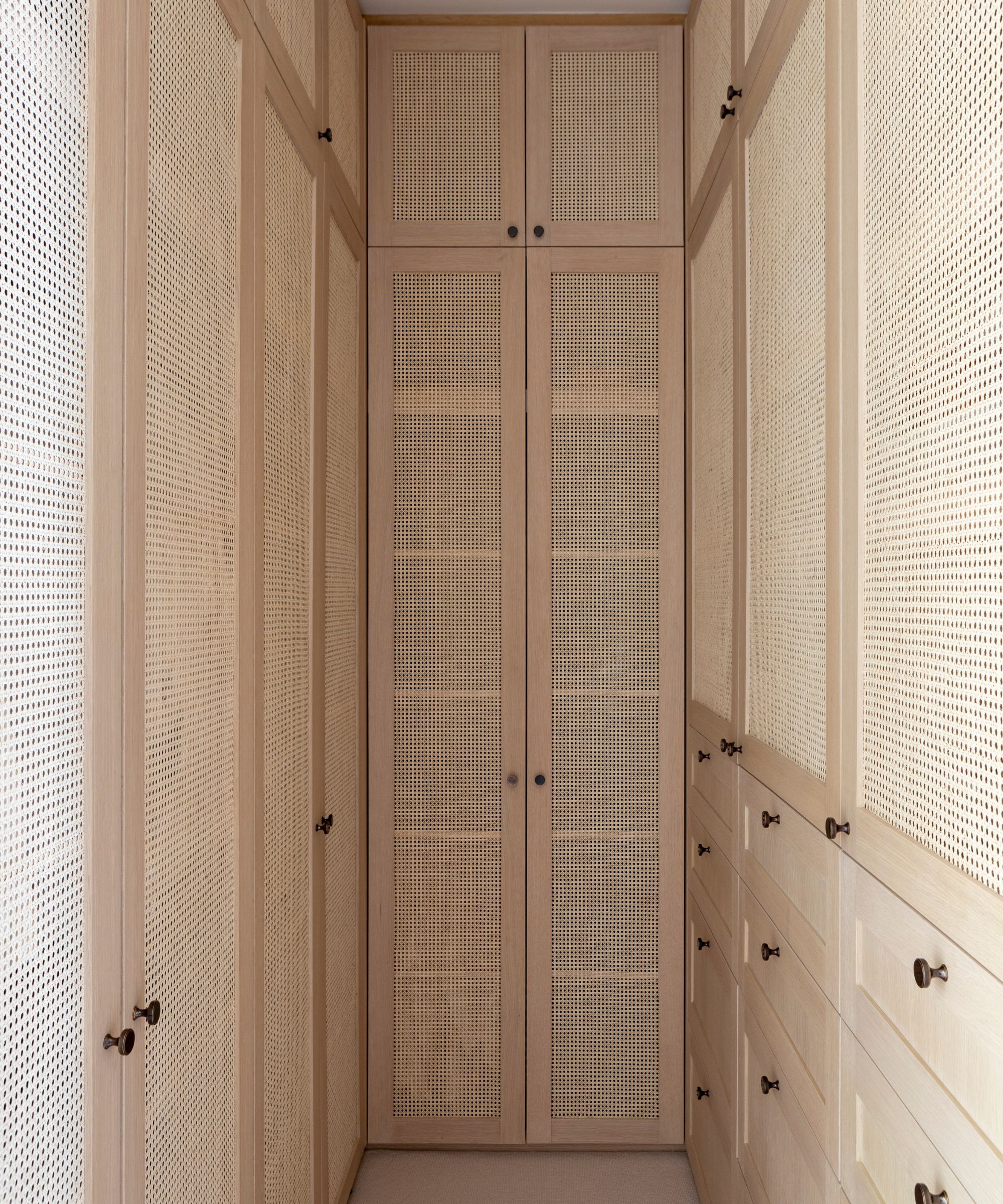
Keep organization systems simple
There are plenty of home organizing trends we have fallen out of love with and over-complicated, ‘aesthetics-first’ organizing systems are one of them.
To help tackle clutter as a Ladybug type, it is best to keep your organizing system as simple as possible says Julianna Poplin, professional declutterer and owner of The Simplicity Habit, going with the idea that it will be easier to maintain.
Lisa Pinder, professional home organizer and founder of This Simplified Home adds that it is also important to go through those cabinets regularly to declutter things you don't really need. ‘Having less clutter makes it easier to keep an area simple and organized,’ she says.

Julianna Poplin loves to help clients discover and intentional life through organizing and decluttering their homes, having become a professional organizer in 2017 to help others find simplicity in their everyday lives.
Opt for bins and baskets
Rather than shoving everything haphazardly into a cabinet, opt for using bins and baskets to assert some kind of order. Start by ‘shopping your home’ suggests Lauren Saltman, professional home organizer and founder of Living. Simplified. to find bins and baskets that suit your needs before splashing out on new containers.
‘If you are using bins and baskets in an area that is out in the open, then you want to choose something that is aesthetically pleasing and fits with the decor of the room such as luxury storage baskets. If you are using bins inside closets, however, then using something mismatched or more utilitarian is okay to get these clutter spots in shape.’
Label everything
Another important step for Ladybug types is to ensure everything behind closed doors is labeled well to prevent things from getting lost, concludes Rachel Sicherman, professional organizer and founder of Tidy Made Easy. While it is okay to shove things somewhat organized into bins, not knowing what is in them or where to put things back will unravel the system over time, she says.
‘People shove items in cabinets and drawers because it becomes too overwhelming to figure out where each item belongs,’ Rachel explains. ‘Labeling will tell you exactly where things belong without overthinking and becoming overwhelmed.’
DYMO Label Maker | $52.42 at Amazon
Compact and lightweight for portability, making it easy to label just about anything, anywhere.
2. The Cricket
The Cricket ClutterBug type is for those of you that love perfection so much so that decluttering becomes overwhelming as you strive for Pinterest-perfect organizing systems that either do not quite work out for you, or the amount of micro-management is simply unsustainable. This meticulous organizing style can be difficult for anyone to achieve, so letting loose a little from that idea of ‘internet perfection’ is essential for crickets – along with some beautiful organizing bins.
There are a few tips for Crickets that professionals encourage you to follow to restore peace:
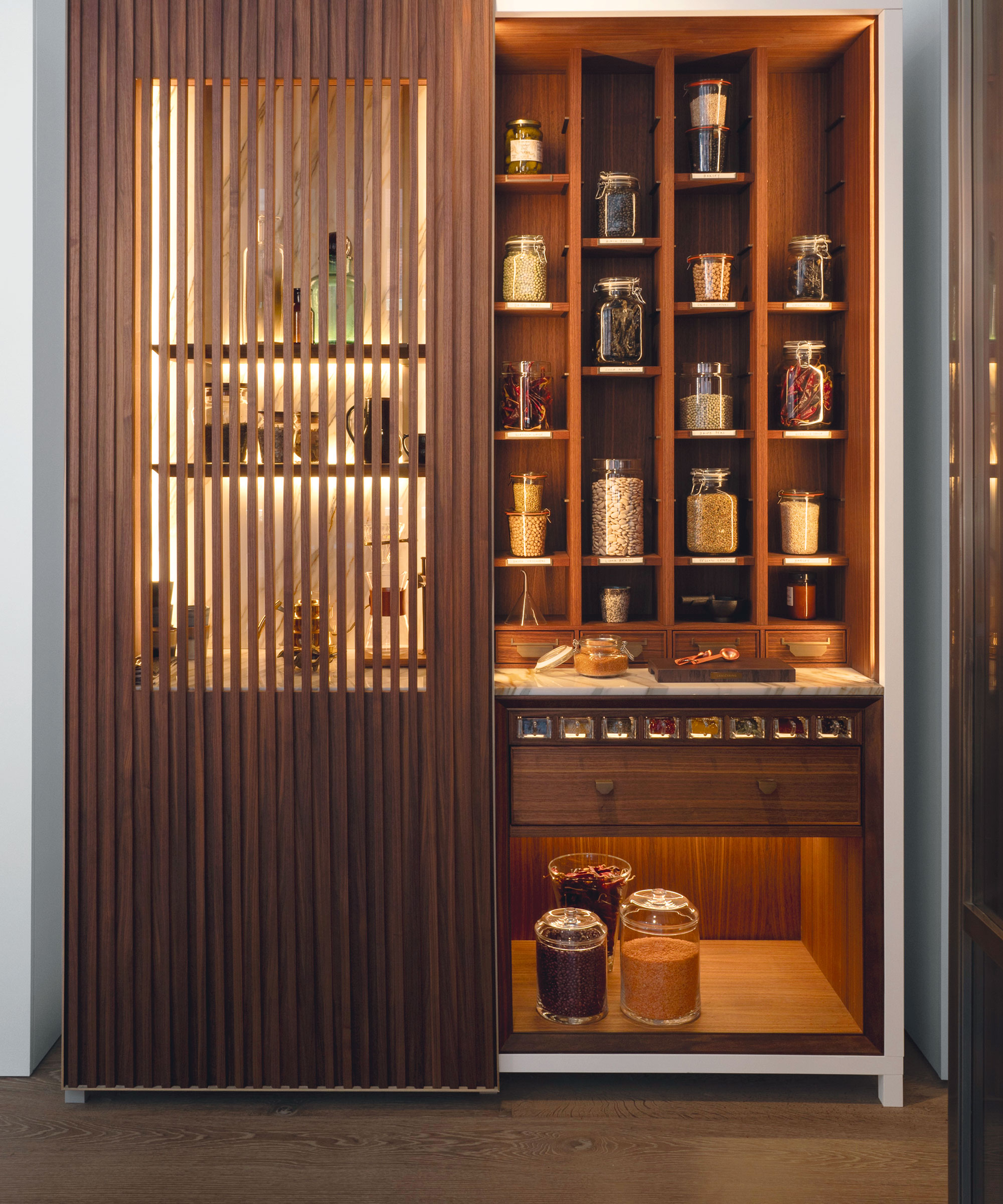
Let go of perfectionism
Although it may seem counterintuitive to let go of perfection if you are striving for an Instagram-worthy home, but ‘perfection is often the enemy of progress,’ as Julianna Poplin, professional declutterer points out.
‘Let go of the idea that your organizing system has to look like one in a catalog or that you saw on an organizing blog. The best system is the one that works for your home and that you can maintain,’ she affirms.
Set up an organizing schedule
Instead of striving for a consistently tidy home, work in small bursts to keep on top of areas regularly, rather than constantly, suggests professional organizer Lauren Saltman.
‘I think it's much more realistic to set up an organizing and cleaning schedule, where in small 15-30 minute bursts, you (and your family members!) tackle a particular area of the home each day,’ she says. So, for example, on Monday you might tackle the family room by putting away everything that has accumulated, giving the tables a wipe down, and vacuuming the carpets. Then on Tuesday you strip the beds, wash the linens, make the beds, and so on.’
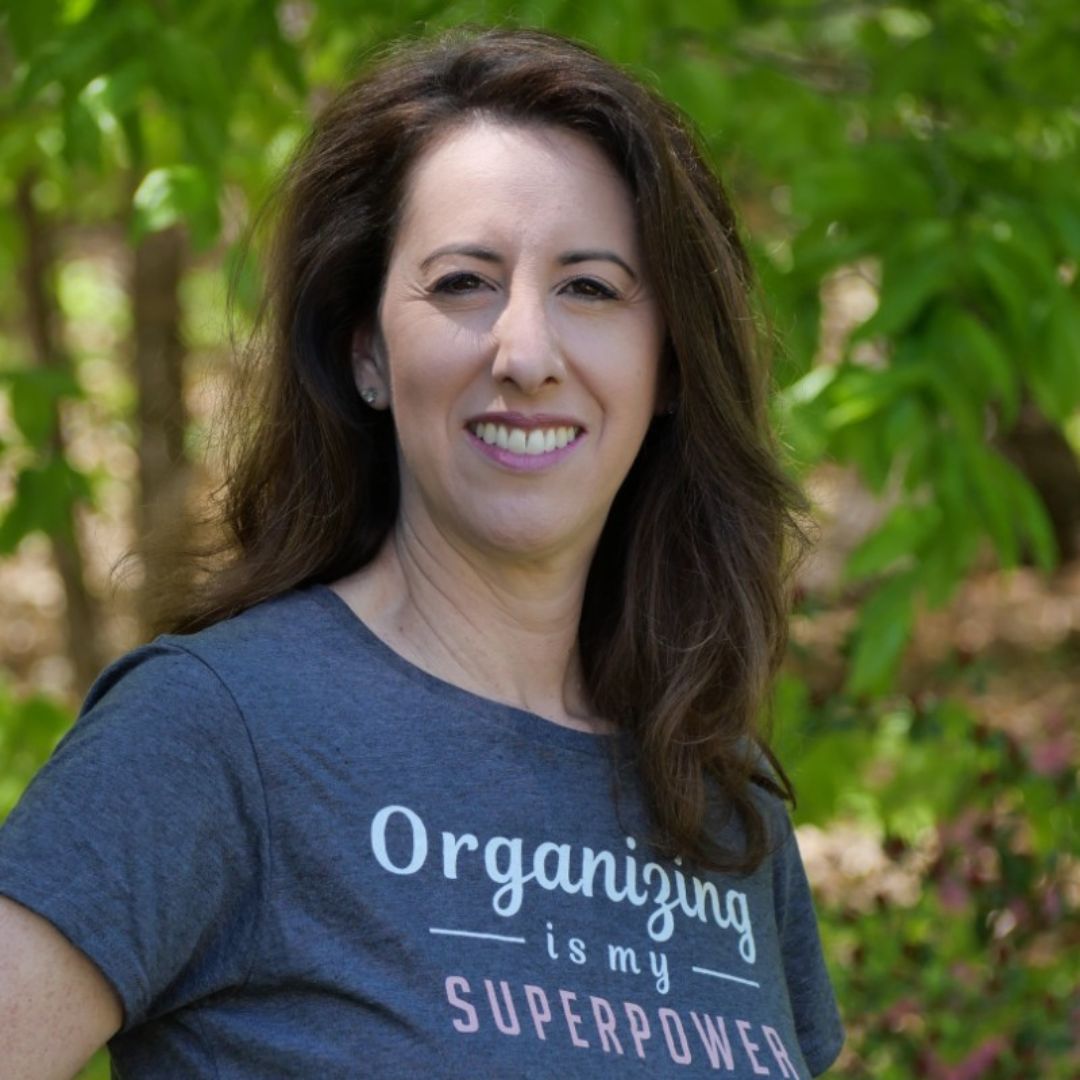
For professional organizer Lauren Saltman of Living. Simplified., decluttering, and organizing are how she lives her daily life, whether she is organizing her home, a friend’s office, or a client’s garage, her resourceful approach yields happy clients who learn to incorporate techniques for a happier and more simplified lifestyle.
Document your progress
Even if you do not post your home pictures to the internet, keeping your own diary of progress can really help to get motivated to clean and keep things that way, says Rachel Sicherman, professional organizer:
‘Oftentimes, people who strive for perfection are those just entering the lifestyle of organizing and therefore set unrealistic expectations for themselves. Connecting with other people who organize or are on the same journey is the best way to release that initial overwhelming wave of expectations. This will help you create your own flow and system. Documenting your progress also helps to keep you motivated.’
3. The Bee
The busy bee ClutterBug is usually someone who has multiple home projects on the go at once. You may even have a crafting room or DIY spot in your home somewhere and love to keep a hold of something just in case it comes in useful sometime in the future. As a result, you may have a habit of leaving half-finished projects laying around on counters that you never have time to get back to but like to keep in your eye line so you don’t forget about them entirely.
To avoid putting this in closets, professional organizers recommend a clever use of open storage and time management systems:
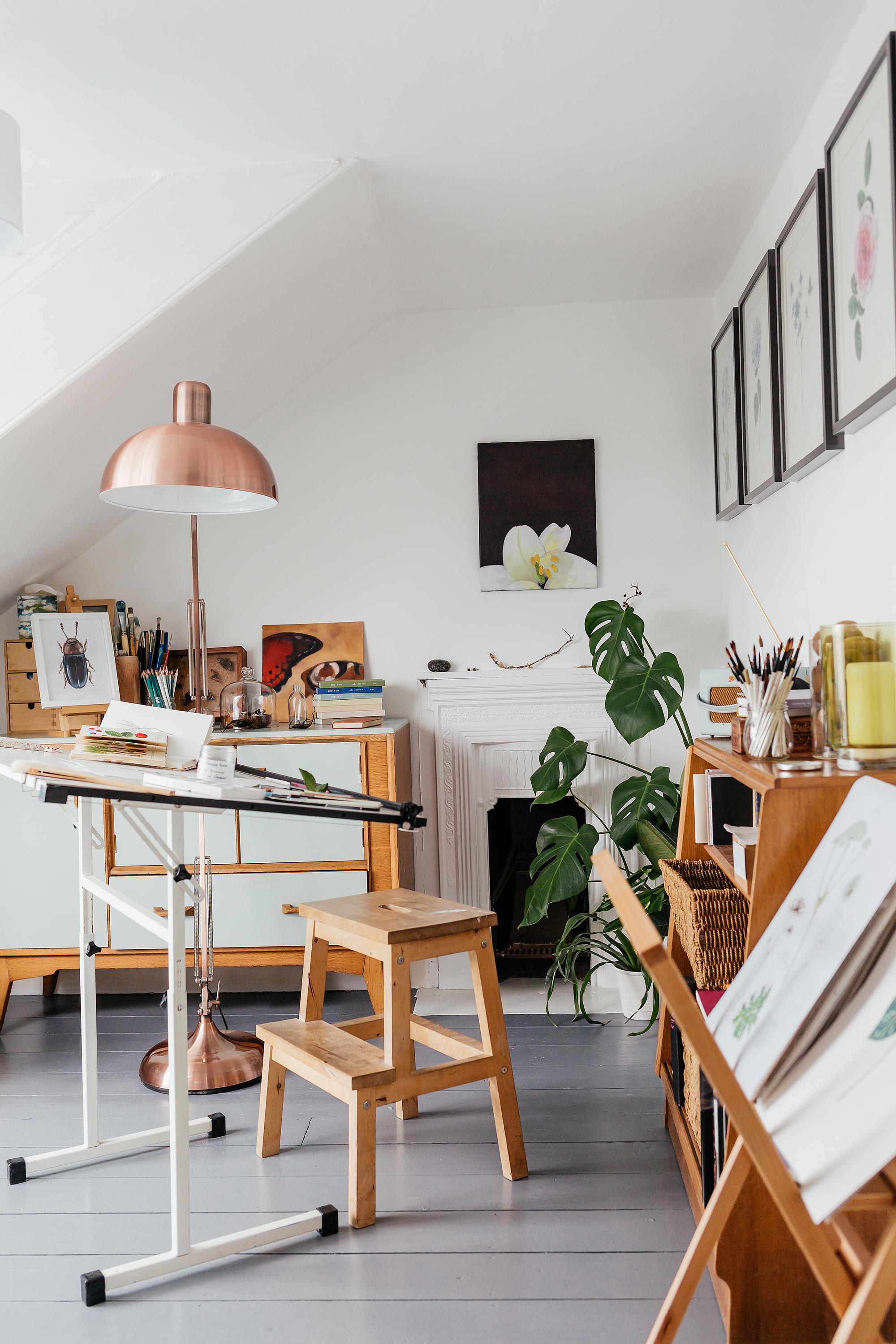
Opt for a craft cart
A craft cart, like this one from Target, is a go-to option for organizing a craft room as it gives you the flexibility to move your items around while also allowing you to see what you have, says Lauren Saltman, professional home organizer
‘Each tier can hold a different project or a completely different craft, with backstock being kept tucked away (in a tidy manner, of course) in a closet,’ says Lauren. ‘Don't forget to add small bins to the shelves to corral the smaller items, from needles to scissors to pins.
‘Another benefit to using a craft cart is that it forces you to choose just a few projects to work on. When one is completed, you can empty out that particular shelf and fill it with the next project that you would like to complete,’ she adds.
Rolling Craft Cart | $40 at Target
This simple rolling craft cart is perfoect for keeping a variety of project supplies together and portable for whenever, and wherever, the creative mood strikes you.
Establish a routine and ace time-management
‘Time management is essential for Bee types!’ says organizer Rachel Sicherman ‘Form a schedule and take it slow. Oftentimes, people get so bombarded with too many tasks at once because their schedule is disorganized and they’re way too quick to indulge without preparing. Divide your schedule into segments; chores, work, hobbies, and scheduling/organizing.
‘Also, setting alarms and timers helps keep track of where you are in a task helps immensely. When you get absorbed in a task, you will often let it overshadow other tasks at hand, especially if it’s a hobby.’

Rachel Sicherman is the founder of Tidy Made Easy after finding peace in tidying and decluttering. She believes that getting tidy and organized can truly revolutionize your life, while also focusing on design and aesthetics.
Keep everything in one place
If your crafts overfill a crafting cart, then the trick is to keep all of your projects in one area – be that a room or a cabinet, suggests professional organizer Lisa Pinder, as you are more likely to finish the project if you have everything you need in one place.
4. The Butterfly
The final ClutterBug type is the butterfly. These types of organizers need everything to be on display and in their eye line to prevent things from getting lost – or forgetting about them entirely! These systems can get messy quickly, but they needn't be short-lived!
Instead, declutters suggest that beautiful organizers and a well-thought-out system could keep your clutter on display without compromising on functionality (or your home’s style!).
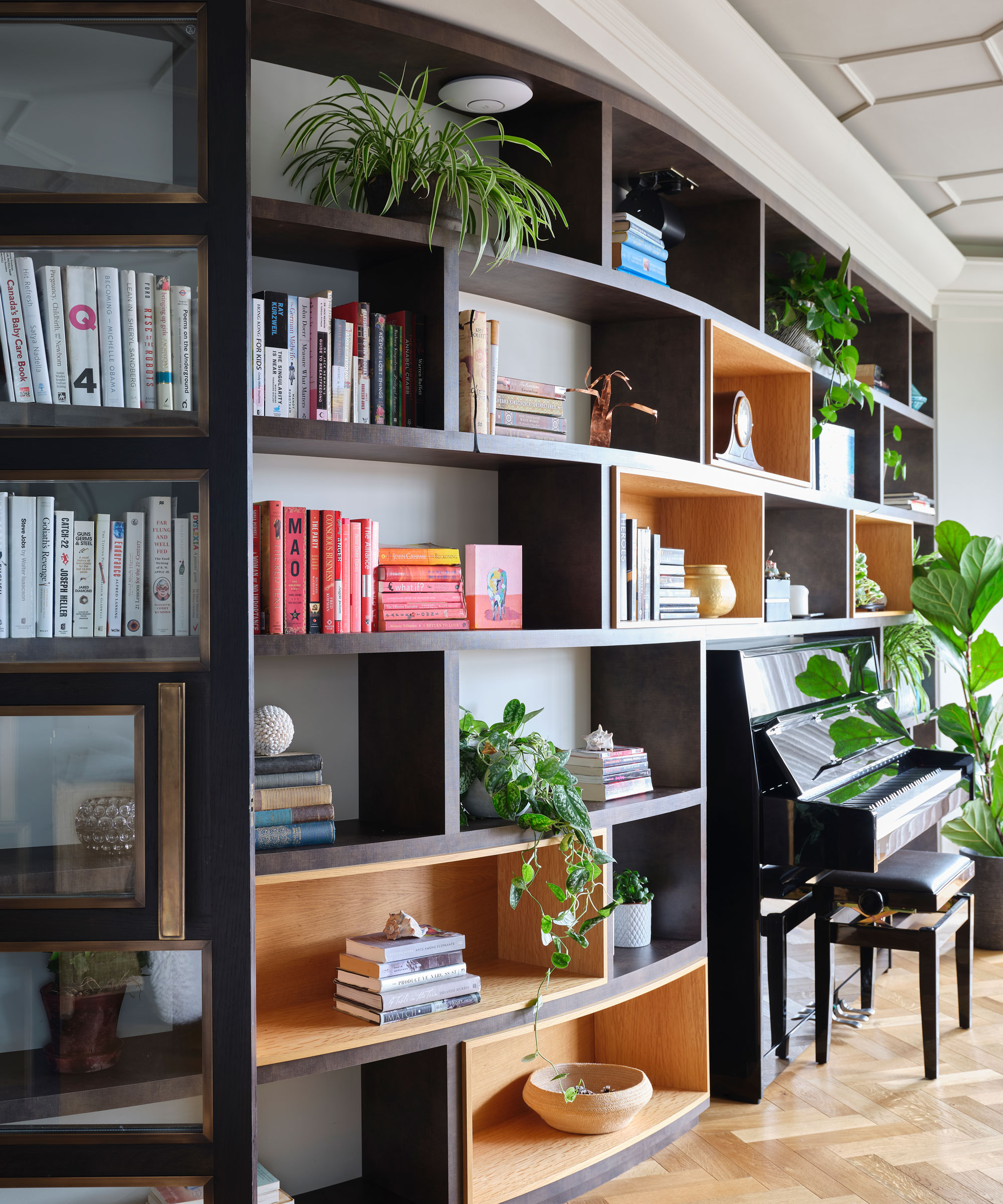
Edit your belongings
If you need to keep your things on display, then it is worth picking up some decluttering tips to keep on top of your collections, says organizer Lauren Saltman.
‘Editing is not a quick process, but is essential for open storage,’ she begins. ‘By pairing down the items you own, you'll have an easier time remembering where everything is.
Next, by grouping items together, you are more likely to remember going forward where the items are. You can implement labeling systems or color coding to help establish what is on each shelf or in each bin.’
Use clear bins to contain clutter
One of the many organizers professionals always buy, clear bins are a lifesaver for Butterfly types that want to keep things together but also visible.
‘There are a ton of clear acrylic storage containers on the market thanks to "The Home Edit" and they come in all shapes and sizes to meet every need,’ says organizer Lisa Pinder. ‘Clear containers can be stored in the open, but keep items tidy and contained. If you are using open shelving, you may not want everything in clear containers, so pretty, open-top baskets or bins with labels work well in the open.’
mDesign Deep Plastic Storage Organizer | $17.49 at Amazon
Stop things getting lost and forgotten at the back of shelves with deep plastic organizers.

Lisa Pinder is a professional organizer and founder of This Simplified Home. A reformed packrat, Lisa changed her ways after meeting her neat freak husband who now focuses on helping clients with their bad hoarding habits.
Use wall storage such as hooks and pegboards
Adding vertical storage to any space is a great way to boost your storage space, but it is great for those of us who want to be able to see our belongings. Whether you add a wall storage cabinet with glass doors or install a customizable pegboard, these types of solutions work well for people who lose things if they are not in the open, says Lisa Pinder, a professional home organizer.
Alternatively, you can use more simple hooks and basket systems to keep your belongings in check, adds organizer Rachel Sicherman.
Wooden Pegboard Modular Display Organization Storage Wall Hooks | $36.99 at Amazon
Keep spaces orderly with a wall-mounted pegboard and spend less time looking for smaller items when in a rush.
Add open shelving
Open shelving can come in many forms, from new wall shelves to closets with their door removed, shares Rachel Sicherman, professional organizer.
‘You are more prompted to organize them if the items are visible,’ she says – just make sure to use tidy bins and shelf dividers to help keep it in some form of order.
FAQs
What is the root cause of clutter?
Often, clutter is caused by the lack of a good organizing system that then overwhelms the homeowner. If there is no set way of organizing a home and its items, things quickly accumulate or get lost, making tidying up a momentous task, rather than a casual chore.
What is a clutter bug?
A ClutterBug is someone who loves to collect many things that have a personal meaning or value. This is not the same as a hoarder who will likely keep a hold of something irrespective of its value. For a ClutterBug, these items are then incredibly difficult to declutter given the piece's sentimental weight in their lives, leading to some eccentric collections and poorly organized spaces.
The ClutterBug philosophy is a great way to decipher what kind of clutter lover you are and find tailored solutions. Whether it is finding ways to carefully cut back on your collections or smart ways to sort them, this philosophy is the perfect approach if you are looking to accept your clutter-keeping habits rather than try to eradicate them entirely.
Sign up to the Homes & Gardens newsletter
Design expertise in your inbox – from inspiring decorating ideas and beautiful celebrity homes to practical gardening advice and shopping round-ups.

Chiana has been at Homes & Gardens for two years and is our resident 'queen' of non-toxic living. She spends most of her time producing content for the Solved section of the website, helping readers get the most out of their homes through clever decluttering, cleaning, and tidying tips. She was named one of Fixr's top home improvement journalists in 2024.
-
 Ina Garten's storage pantry is an insightful window into all of the best cookware used by the chef – and it's easy to recreate on your kitchen shelves from $48
Ina Garten's storage pantry is an insightful window into all of the best cookware used by the chef – and it's easy to recreate on your kitchen shelves from $48The beautiful dishware in The Barefoot Contessa's Hamptons pantry showcases the tools she uses most often to cook – this is exactly how you replicate it
By Sophie Edwards Published
-
 Extend the lifespan of your appliance with 5 simple but crucial washing machine maintenance tips
Extend the lifespan of your appliance with 5 simple but crucial washing machine maintenance tipsFrom cleaning the filters to keeping the door open, experts reveal the washer tips they swear by
By Andy van Terheyden Published
-
 7 dorm room organizing rules for less clutter and more space
7 dorm room organizing rules for less clutter and more spaceExperts offer their top tips for creating a well-organized dorm room, no matter the size, space, or layout.
By Ashley Chalmers Published
-
 How to maximize storage in a small or shared dorm room, according to pro organizers
How to maximize storage in a small or shared dorm room, according to pro organizersFind out all the hidden storage zones you might never have noticed
By Ashley Chalmers Published
